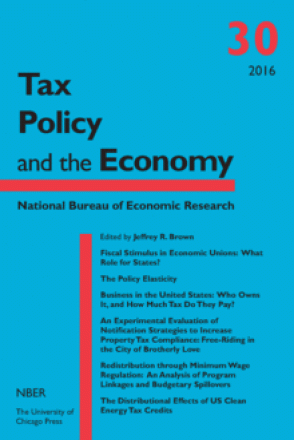Fiscal Stimulus in Economic Unions: What Role for States?

You may be able to download this chapter for free via the Document Object Identifier.
The Great Recession and the subsequent passage of the American Recovery and Reinvestment Act returned fiscal policy, and particularly the importance of state and local governments, to the center stage of macroeconomic policy-making. This paper addresses three questions for the design of intergovernmental macroeconomic fiscal policies. First, are such policies necessary? Analysis of US state fiscal policies show state deficits (in particular from tax cuts) can stimulate state economies in the short-run, but that there are significant job spillovers to neighboring states. Central government fiscal policies can best internalize these spillovers. Second, what central government fiscal policies are most effective for stimulating income and job growth? An SVAR analysis for the US aggregate economy from 1960 to 2010 shows federal tax cuts and transfers to households and firms and intergovernmental transfers to states for lower income assistance both are effective, with one and two year multipliers greater than 2.0. Third, how are states, as politically independent agents, motivated to provide increased transfers to lower income households? The answer is matching (price subsidy) assistance for such spending. The intergovernmental aid is spent immediately by the states and supports assistance to those most likely to spend new transfers.


